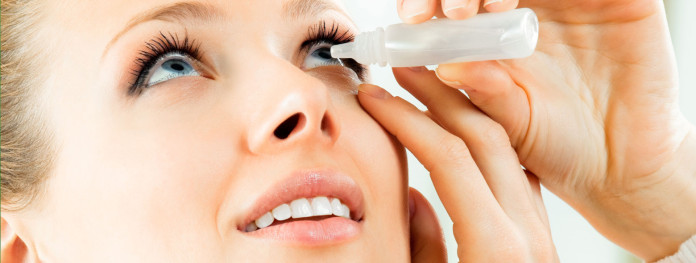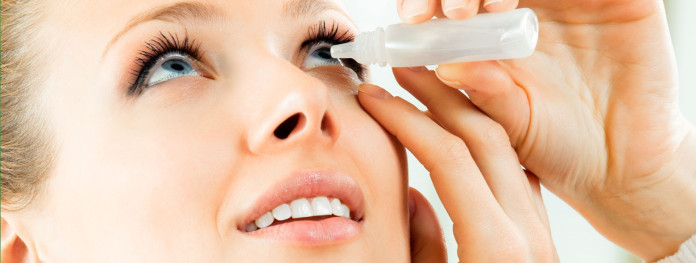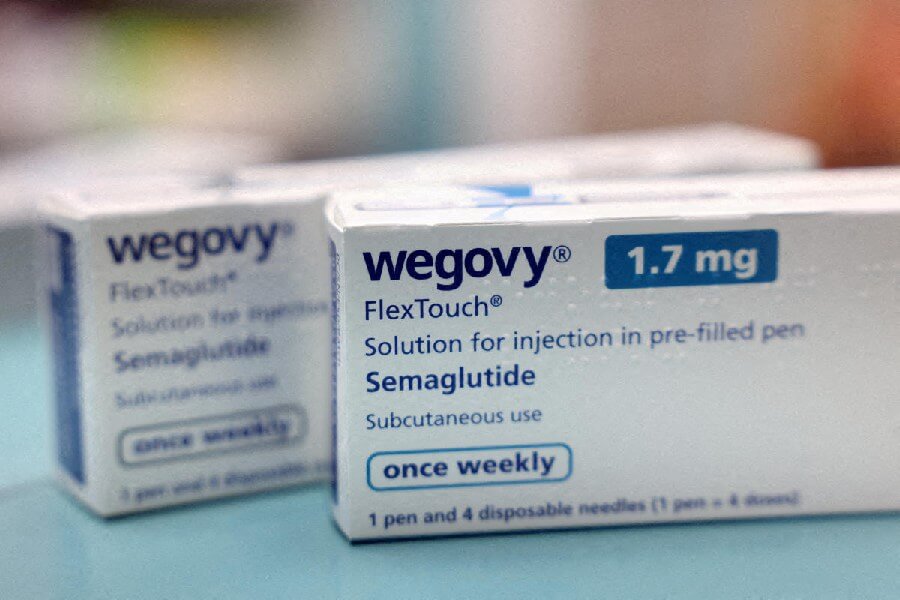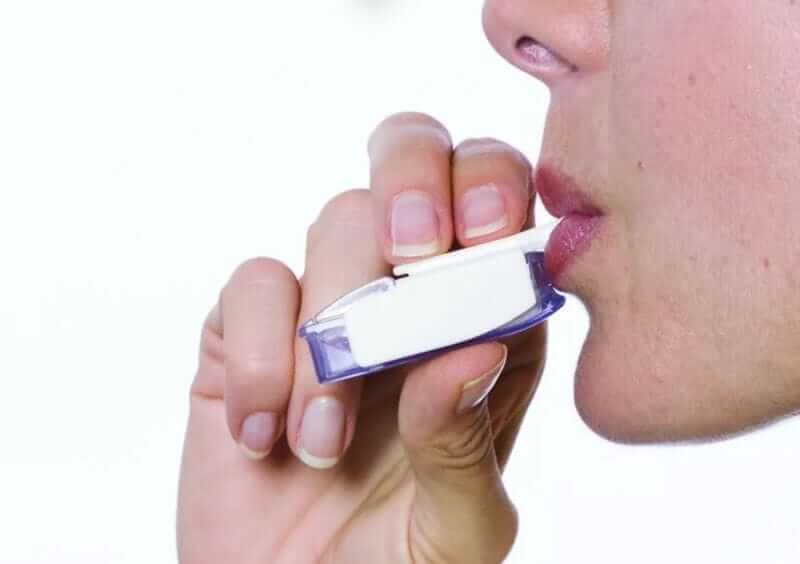Soon, Eye drops to clear up cataracts
Washington: Scientists, including one of Indian-origin, have discovered a new chemical that could be added to eye drops to help clear up cataracts, the leading cause of blindness.
Although cataracts can be successfully removed with surgery, this approach is expensive, and most individuals blinded by severe cataracts in developing countries go untreated, researchers said.
Cataracts are primarily a disease of ageing. As is seen in neurodegenerative conditions such as Alzheimer's disease and Parkinson's disease, a hallmark of the condition is the misfolding and clumping together of crucial proteins. In the case of cataracts, the affected proteins are known as crystallins.
Crystallins are the major component of fibre cells, which form the eyes' lenses, and the unique properties of these cells make them particularly susceptible to damage, said Jason Gestwicki, from University of California, San Francisco (UCSF), co-senior author of the research paper.
In the new study, led by Leah N Makley and Kathryn McMenimen, the team exploited a crucial difference between properly folded crystallins and their amyloid forms: amyloids are harder to melt.
At the University of Michigan (U-M)'s Centre for Chemical Genomics, the team used a method known as high-throughput differential scanning fluorimetry, or HT-DSF, to apply heat to amyloids while applying thousands of chemical compounds.
Arial, sans-serif; font-size: 10pt;">The group began with 2,450 compounds,
then zeroing in on 12 that are members of a chemical class known as sterols.
One of these, known as lanosterol, was
shown to reverse cataracts in a June, 2015 paper in the journal Nature, but
because lanosterol has limited solubility the group had to inject the compound
into the eye for it to exert its effects.
Gestwicki and his group assembled and tested 32 additional sterols, and eventually settled on "compound 29," as the most likely candidate that would be sufficiently soluble to be used in cataract-dissolving eye drops.
In laboratory dish tests, the team confirmed that compound 29 significantly stabilised crystallins and prevented them from forming amyloids. They also found that compound 29 dissolved amyloids that had already formed.
The team next tested compound 29 in an eye-drop formulation in mice carrying mutations that make them predisposed to cataracts. In experiments conducted with Usha P Andley, professor at Washington University in St Louis (WUSTL), they found that the drops partially restored transparency to mouse lenses affected by cataracts.
Similar results were seen when compound 29 eye drops were applied in mice that naturally developed age-related cataracts, and also when the compound was applied to human lens tissue affected by cataracts that had been removed during surgery. The research was published in the journal Science.
AIMIM News
Latest Urdu News
Most Viewed
Can Lionel Messi's visit boost Indian football?



























.jpg)
.jpg)
.jpg)


